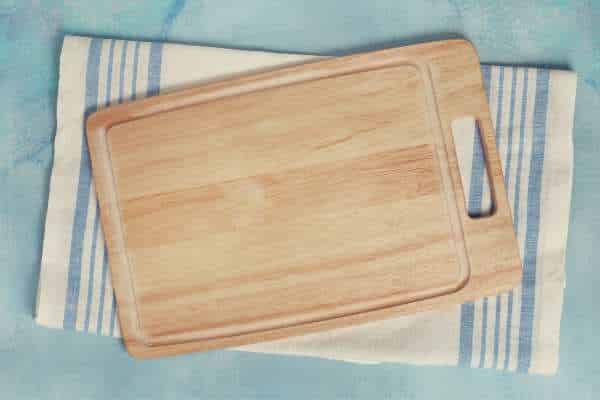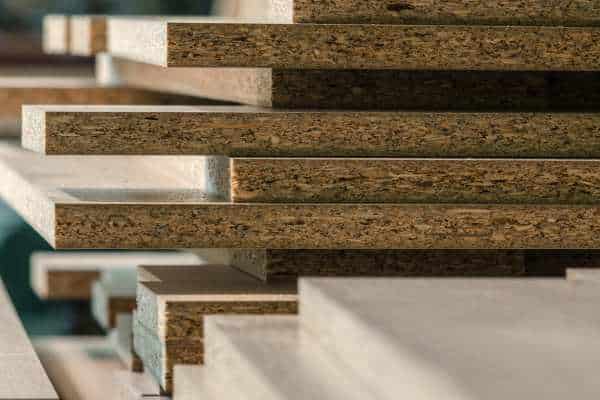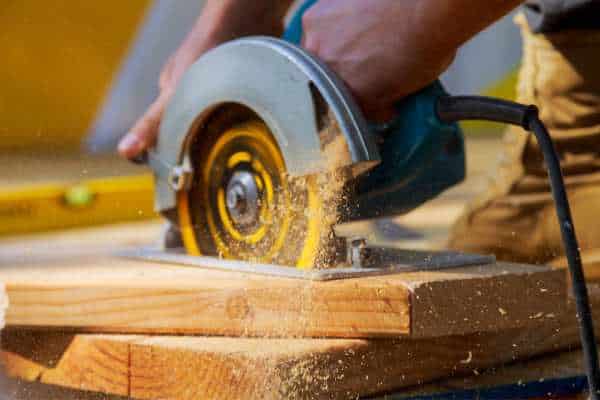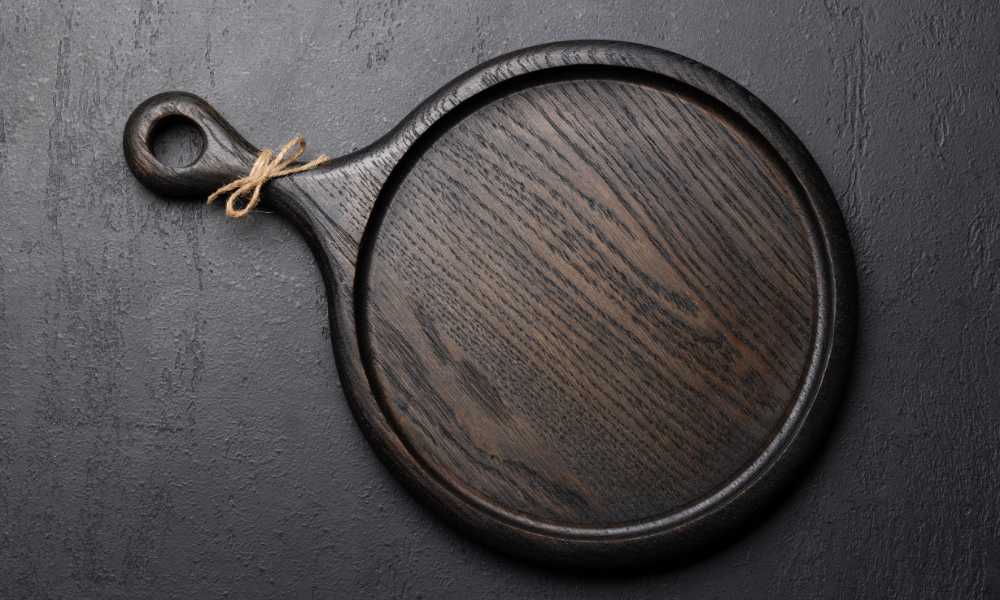Choosing the right wood for a cutting board is essential for both functionality and longevity. “What wood is used for cutting boards” directly impacts durability, hygiene, and even knife care. Hardwoods like maple, walnut, and cherry are popular choices due to their density and resistance to moisture, which helps reduce bacteria buildup. Each type of wood offers unique benefits—maple is durable, walnut adds elegance, and cherry deepens in color over time. Additionally, understanding grain types, such as end grain or edge grain, plays a role in maintenance and wear resistance. This guide explores the best wood options for cutting boards, helping you make an informed choice tailored to your needs.
Maple: The Classic Choice

Maple is one of the most popular woods for cutting boards, valued for its durability and non-porous surface that naturally resists bacteria. Known for its hardness, maple stands up to heavy use without quickly dulling knives, making it a practical choice for frequent cooking. Its close grain structure prevents deep cuts, which helps maintain hygiene by reducing places for bacteria to hide. Additionally, maple’s light color and smooth texture fit well in most kitchens, adding both functionality and aesthetic appeal. For those seeking a cutting board that balances durability and cleanliness, maple remains a classic, trusted option in professional and home kitchens alike.
Walnut: Stylish and Durable
Walnut stands out as a top choice for cutting boards due to its balance of style and durability. Known for its rich, dark color, walnut adds a sophisticated touch to any kitchen while providing a strong, stable surface for food prep. With moderate hardness, walnut is gentle on knives, reducing the wear and tear seen on harder woods. Its closed grain structure also helps prevent deep cuts and minimizes bacteria buildup, keeping it both functional and hygienic. This combination of aesthetic appeal and reliable performance makes walnut a favorite among chefs and home cooks seeking a long-lasting, attractive cutting board.
Cherry: Aesthetically Pleasing and Practical

Cherry wood is a popular choice for cutting boards, known for its warm, rich color that deepens with age, adding natural beauty to any kitchen. Its durability makes it ideal for frequent use, while its relatively soft texture is gentle on knives, preserving blade sharpness over time. Unlike harder woods, cherry offers a balanced density that is sturdy yet easy to maintain, providing a reliable surface without excessive wear on your utensils. This combination of aesthetics and practicality makes cherry wood a favored option for those seeking a cutting board that combines style with functionality.
Bamboo: The Eco-Friendly Option
Bamboo is an increasingly popular choice for cutting boards due to its eco-friendly and sustainable qualities. Known for growing quickly with minimal environmental impact, bamboo is a renewable resource that appeals to environmentally conscious cooks. Its hardness rivals many traditional hardwoods, making it resistant to knife cuts and scratches. However, bamboo’s harder surface can sometimes be more abrasive on knives compared to softer woods like walnut or cherry. Additionally, bamboo boards may require more frequent maintenance to prevent drying and cracking over time. Despite these limitations, bamboo cutting boards are durable, affordable, and align well with sustainable kitchen practices.
Teak: The Moisture-Resistant Choice

Teak stands out as an excellent choice for cutting boards due to its natural oils, which provide impressive moisture resistance and help reduce maintenance needs. These oils prevent water absorption, making teak cutting boards more durable and less prone to warping or cracking over time. Unlike other woods, teak’s dense grain structure adds extra resilience, ensuring a sturdy surface that’s gentler on knives. Additionally, end-grain teak boards are ideal for heavy chopping, as they better handle impact while minimizing knife wear. With teak, you gain a cutting board that’s both low-maintenance and long-lasting, perfect for frequent kitchen use while maintaining quality and appearance.
End Grain vs. Edge Grain
Bamboo cutting boards come in two main types: end grain and edge grain, each with unique benefits. End-grain bamboo boards feature fibers facing up, forming a durable surface that’s gentle on knives and shows fewer marks. They’re ideal for heavy chopping as the surface “heals” by closing up after cuts. Edge-grain boards, made from the long fibers of bamboo, are harder and more rigid, making them more resistant to warping but slightly tougher on knives. Both types offer eco-friendly durability, but end-grain is often preferred for long-term knife preservation, while edge-grain boards provide a sturdier, less maintenance-intensive option.
Why Hardwoods Are Preferred Over Softwoods

Hardwoods are preferred for cutting boards due to their density and durability, which help prevent deep cuts and reduce the risk of bacteria buildup. Unlike softwoods, which can splinter and wear down quickly, hardwoods like maple, walnut, and cherry offer a non-porous, resilient surface that maintains hygiene more effectively. Their closed grain structure minimizes absorption, keeping food and moisture out, which enhances the board’s longevity and cleanliness. Additionally, the durability of hardwoods ensures that knives experience less wear, making these boards a top choice for both professional and home kitchens.
Antibacterial Properties of Wood
Certain hardwoods, such as maple and walnut, offer natural antibacterial properties, making them excellent choices for cutting boards. These woods possess a dense grain structure that resists moisture, helping to prevent bacteria from settling into the surface. This resistance is especially important in food prep, where hygiene is a top priority. The unique cell structure of these woods actively works to limit bacterial growth, adding a layer of safety for daily use. Regular cleaning and proper maintenance further enhance these antibacterial benefits, ensuring a hygienic surface for meal prep and extending the life of your cutting board.
Maintenance Tips for Wood Cutting Boards

Proper care is essential to extend the lifespan of wood cutting boards. Begin by cleaning the board immediately after use with warm water and mild soap, ensuring it’s fully dry before storage. Regularly oiling with food-safe mineral oil helps prevent cracking and warping, maintaining the wood’s natural moisture balance. For added protection, consider applying beeswax for a smoother, water-resistant finish. Avoid soaking or placing the board in the dishwasher, as excess water can damage the wood fibers. By following these simple maintenance tips, your cutting board will stay in prime condition, offering durability, functionality, and hygiene for years to come.
Size, Thickness, and Weight Considerations
Selecting the ideal size, thickness, and weight for a cutting board enhances kitchen efficiency and comfort. Larger boards provide ample space for meal prep, ideal for chopping vegetables or slicing meats, while smaller boards suit quick tasks or compact kitchens. Thickness also plays a role—thicker boards offer durability and stability, especially for heavy-duty chopping, but can be cumbersome to move. Lightweight, thinner boards are easy to handle and store but may wear faster with intense use. Balancing these aspects helps ensure your cutting board aligns with your cooking habits and kitchen space, providing both functionality and convenience for various culinary tasks.
Conclusion
Deciding “what wood is used for cutting boards” ultimately comes down to balancing durability, hygiene, and maintenance needs. Hardwoods like maple, walnut, and cherry are excellent choices, offering dense, resilient surfaces that are gentle on knives and resistant to moisture. Each wood type provides unique benefits—maple for its classic durability, walnut for aesthetic appeal, and cherry for its rich, evolving color. By considering factors like grain orientation, thickness, and maintenance requirements, you can select a cutting board that aligns perfectly with your kitchen’s demands. Investing in the right wood ensures your cutting board remains a reliable, safe, and stylish kitchen tool for years to come.

